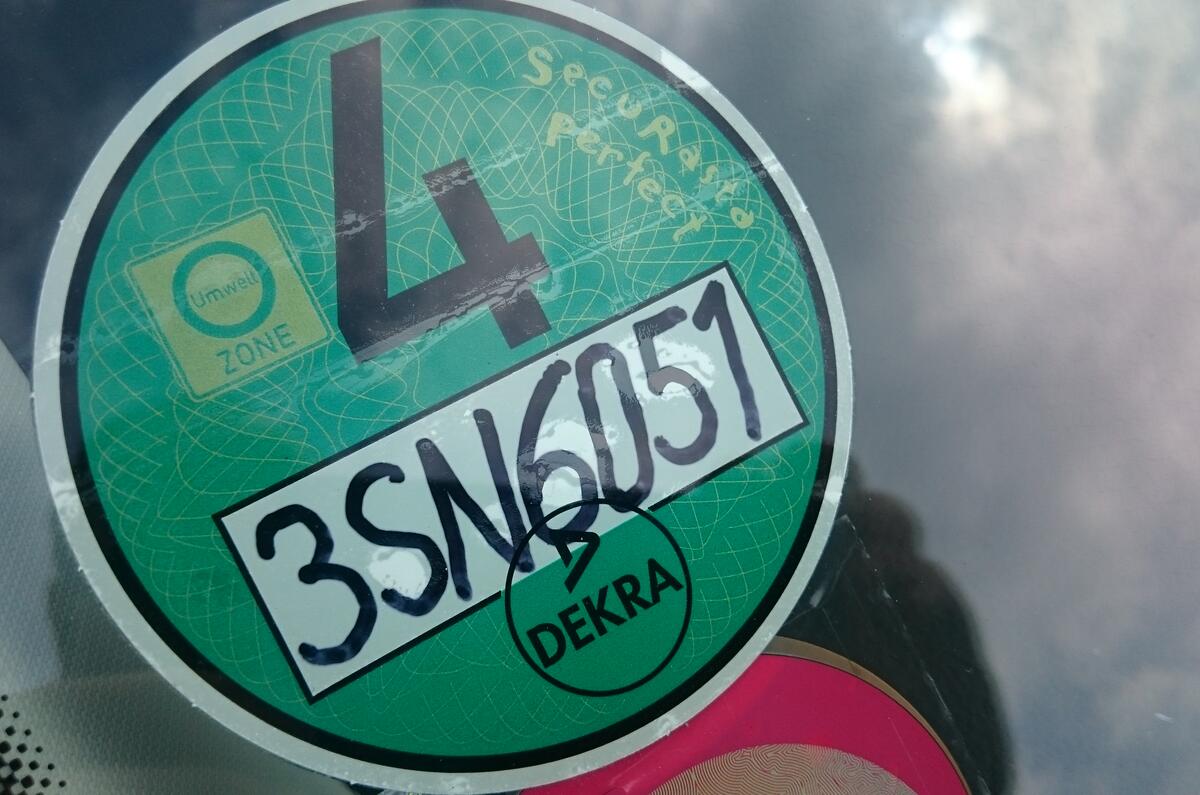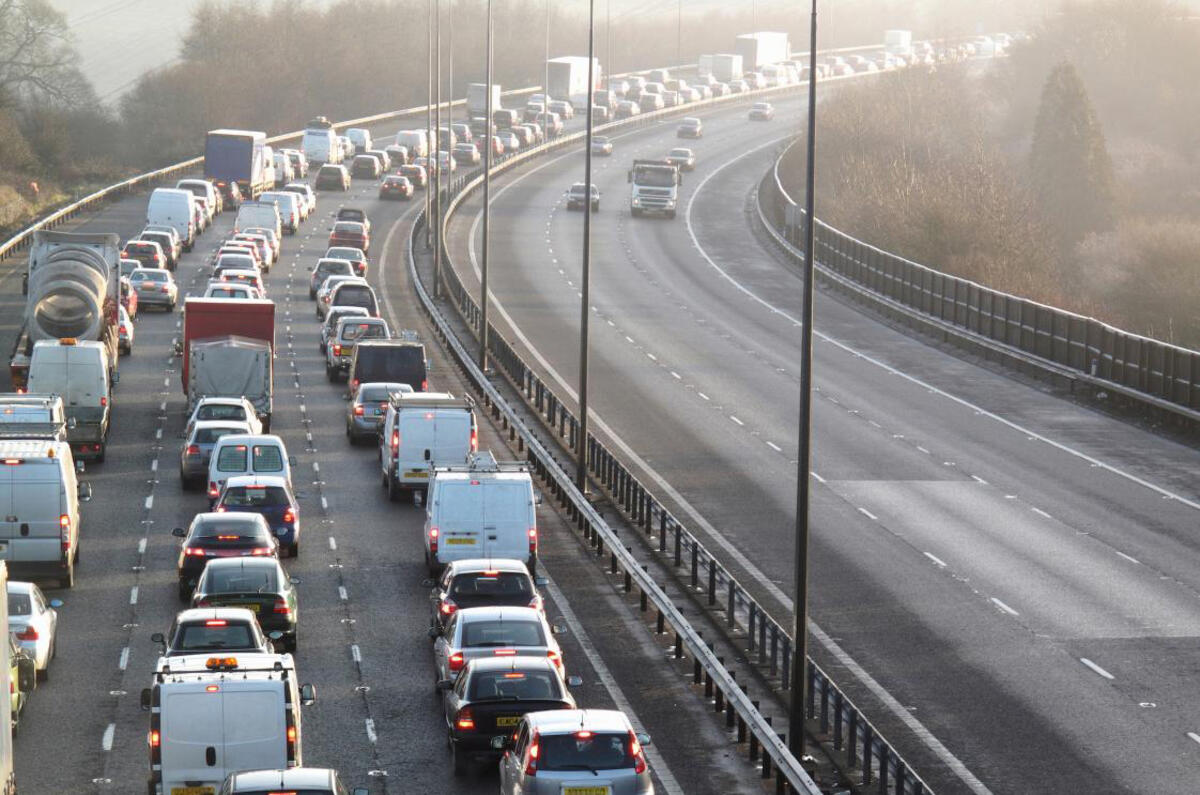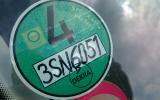The German government is about to clear the way for the country’s local cities to legally drive older diesel cars off the road. And it’s not the first time German cities have moved to put the squeeze on older vehicles.
At the beginning of 2008, a number of German cities and towns started to institute what were called low-emission ‘Umwelt’ Zones. To access these areas, your vehicle needed to have an engine with a Euro 4 pollution rating.
Euro 4 cars got a green sticker for the windscreen, Euro 3 and Euro 2 cars got a yellow and red sticker, respectively.
According to the website dedicated to ‘Environmental’ Zones, the latest was brought in on the 1 April this year at Marburg, bringing the number up to 53, with 51 of them demanding a green sticker.
However, after ‘dieselgate’ became global news last year, governments and campaigners have had to admit that obsessing over CO2 emissions - a harmless gas locally, and one much appreciated by trees - had led European cities into the far more serious problem of the toxic pollution emitted by ‘low CO2’ diesel engines.
Dutch government wants to ban petrol and diesel cars
Diesel sales account for around half of the overall UK and EU new car markets. For commercial vehicles - of the type that might spend all day on the roads - the diesel share is virtually 100 percent.
It’s no wonder that many German authorities have baulked at banning any vehicle that didn’t have a Euro 6 pollution rating. After all, there are many drivers out there, in relatively modern Euro 5 vehicles, who would suddenly find themselves banned from 51 city centres.
But, as the old political cliché goes, no government should let a good crisis go to waste. By putting the arm on older diesel engines, it might be able to push many drivers into showrooms to buy a brand new car, as well as giving a much-needed boost to the petrol-hybrid cars being sold - in very small numbers - by the German car industry.







Join the debate
Add your comment
10yrs....?!
Diesel tech is immortal!
H H diesel is still coming to London regularly.
The two trains I catch on my way to Euston are of course diesel powered, then it is electric through London and into deepest Essex. The cost of electrifying west of Wolverhampton, or indeed anywhere else, is so huge diesel will rule on the trains probably for decades yet.
How much extra tax would Londoners have to pay if all the police, fire service, ambulance, local authority, etc changed to either petrol or electric vehicles from their current virtually all diesel fleets? Ironic really that the government only managed to sell licences to energy companies to build power stations to meet peak power demand times to companies that will build diesel powered stations. So even if Londoners switch to electric cars they will be powered by Diesel engines!
@Campervan